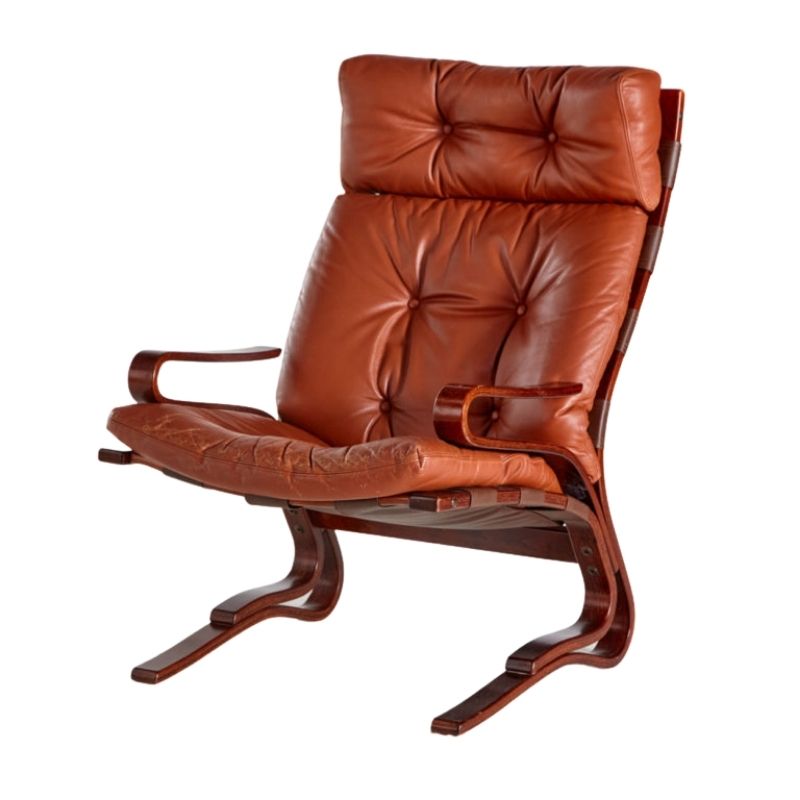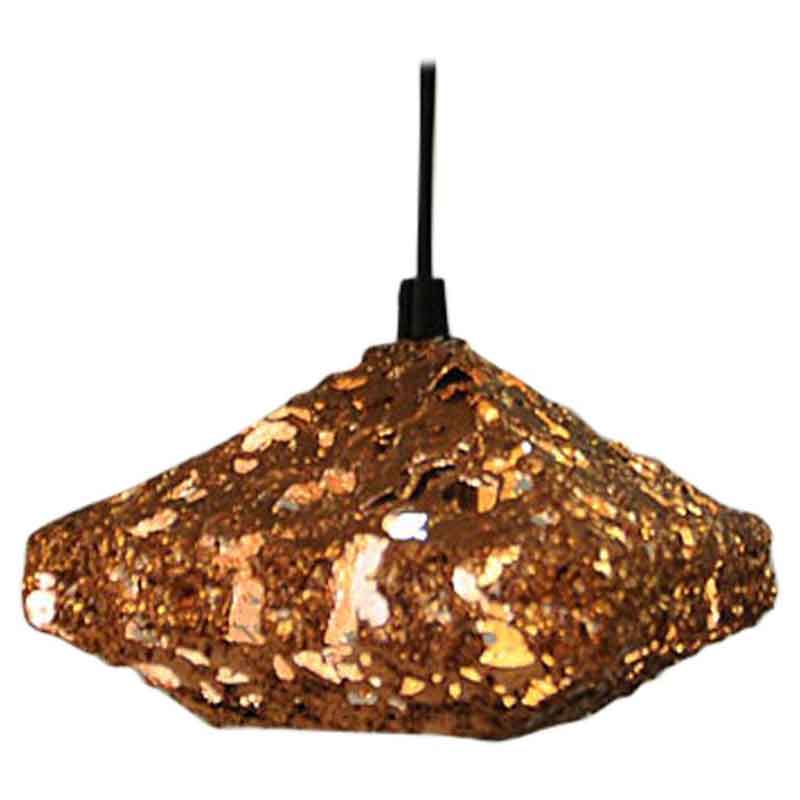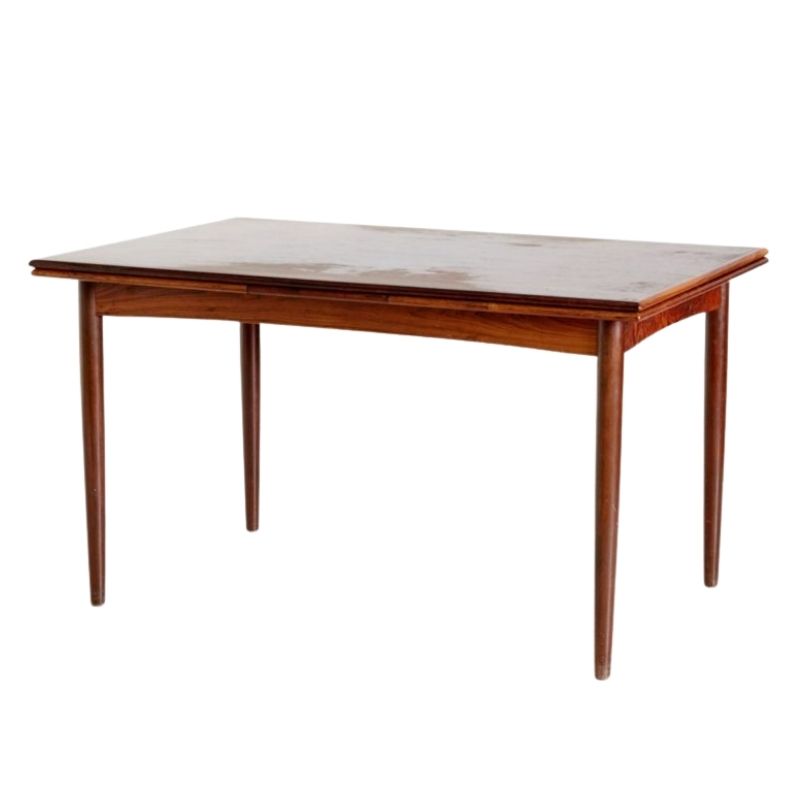Because, dear,
mankind has an unalterable urge to quantify, classify, and differentiate. It was originally a survival skill, I suppose -- and we've hung onto it like grim death.
Does the phrase "both/and instead of either/or" fit, here ? Naturally it is meaningful to discuss differences, to make comparisons and contrasts, etc, when talking about art, design, craft, and any other human discipline. But it is sometimes counterproductive, I believe, to insist on categories when life, and nature, do not . . .
It took a while on this thread before the artist made clear his intention, namely that these are not tables in the usual sense, even though highly crafted. Only when that was clear did we make progress in understand their meaning (if any).
I don't have the bias against the lowly concrete (not cinder) block that many do, I guess. My problem with them here is perhaps that their color is too like that of the tables, so that some confusion was present at first. But they seem ideal as a neutral (well, sort of) complement to the tables. Or is that "tables" ?
It seems to me
these will be taken as craft objects, unless the maker is adamant that they are something else. There is a healthy appreciation of craft (as distinguished from art, though I'm still pondering the distinction) in the world today. Craftspersons are not taken as designers, apparently, but as artists whose work involves demonstration of skill in a chosen medium of material manipulation -- the more difficult, the better ?
The involved and sometimes even over-wrought (?) table-objects here seem designed (sorry) to demonstrate skill in the working of wood and (usually) concrete. As such, it seem a bit mistaken to call them art objects -- unless they are conceptual art, in which case there is perhaps irony to be sought in the way they mimic "craft" ?
Wow, 31 posts in an hour or...
Wow, 31 posts in an hour or two!
I think you need to take these criticisms on the chin, they're not spiteful and are well informed. You do not ditinguish between craft, art and design, others do...why does it have to be either/or? I look at artifcats like ven diagarmas, most things contain a few drops of the other, some like Dieter Rams work are almost enitrely 'design', theres a spectrum really and when it comes time to put food on the table you won't perhaps care so much, or will care more about the market realities of selling work.
Chop wood and carry water is either a very difficult or very easy ideal, The only advise I could give is to always question your own ideas, I stopped working for a while becuase I realised the things I made werent really contributing much to my society. Practical, refined, humble goods do it for me (and otheres!)now, ones own fantasys might be interesting but is that enough?
Leslie,
I think I was the first one to look at your post. I thought since we were in the same field, I would let others go first. It was stated that you wanted a different set of opinions. Given your work and what you say about it on your site, there were so many avenues for critique, that I couldn't pick one because you did not specify. Now we have very quickly gotten into the art vs. craft debate. Despite the wailing and gnashing of teeth over this subject in art school, It may not be as muddy as you imply with a statement like "Artist, artisan, craftsman, designer, architect....are NOT mutually exclusive terms". While this is a true statement, Saying what something isn't does not necessarily help define what it is. My take is this (at this point in my understanding); Art is basically communication. It is not all forms of communication, of course, but it is an excellent, practical definition for artists. Design is a (or many) sets of processes that are employed by artists, crafts people industry, chefs... you name it. An artist designs what they are going to say and the physical parameters of its creation. So art is a noun (A thing) and design is a verb (an action). The problem as I see it arises when art is used as an adjective (artful) to commend something. The best Ming vase is certainly artful, but it is not art as I understand it. This sloppy confusion goes all through the art world, from museums to artists, critics to collectors, and probably worst in art schools
pt. 2
So if we run with these ideas as they pertain to your work, It actually makes things relatively simple for you. What do you have to say? Once you are clear on that (that is the hardest part), it is a matter of design to get to that speech. So looking at your work the first thing I see is function across the board. It is quite possible to have a functional object also function as an art work, but to me we are so familiar with functional objects that making an art work that comes from functional roots makes one work extra hard to not let formal considerations override what else you may be trying to say. I see your tables this way. They have many good qualities as design objects, but the fact that I can set a lamp or my coffee on them comes across as the single strongest thing. They are tables first, as opposed to something else you want to say that uses a table as its form language. A clearer way out is seen in Peter Voulkos' slashed vessels. The functionality of a vessel is destroyed, but not the form. This starts a dialogue that an intact vessel or table would be hard pressed to muster. An art work that doesn't destroy its function is Gary Knox Bennett's Nail Cabinet. Here the function is not compromised, but the bent nail driven into the exquisite form of this cabinet completely overwhelms It's functionality as a focal point, and in so doing a different set of ideas are expressed. To sum up, I see design objects here for the most part. If art is your intent, you either need to downplay the functional, or ramp up the rest of what you want to say. And don't misunderstand me, I do not place art over design or craft. Apples and oranges. So if you want to position your self as a designer and craftsman, you are well on your way. If you want to be an artist, I have found that you will spend your whole life clarifying and strengthening what you are trying to say.
Sounds right
to me, too. The only false note in the work presented is that it appears to have been lovingly made, coming from one position (I'd call it craft and/or design, if pressed), and then presented as something else. Words getting in the way of art ?
Isn't it still the place of the artist to allow others the right to apply the honorific "art" ? Or is that an old-fashioned idea . . .
Great thread, in any event ! Thanks for bringing your stuff here for us to view and talk about.
Glass artist.
I apreciate yo...
Glass artist.
I apreciate your posts. I think that people may be under the impression that I am a bright eyed, bushy tailed, young idealistic art student.
I know my work is more similar to studio crafts than anything else. I know how an object is percieved defines its place. I know that the inherent functionality of my work makes it a hard sell as "art". For me though, the defining element of my work and why I call it art is the process. The process of exploration within my mediums is for me the basis of the work.
It is only in the last hundred years that we see the definition of fine art being one that requires some level of social or psychological critique. The classification disputes of the 20th century have eventually led us to adopt conceptual art as the only form of legitimate contemporary art. Prior to this art was a demonstration of masterful skill within the work, pure aesthetic beauty. Either way, this isnt actually what I was looking to gain from this forum. I wanted to get some specific feedback about the particular pieces. Thoughts, likes, dislikes comments about the actual work. Not the dialogue surrounding them. I do apreciate everyone taking the time though. Thank You.
Heath.
You are a condecending misfortunate creature...."follow bread crumbs", who do you think you are? You want market realities? I sold nearly everyone of the above pieces, average 4-5K each. I have 6 commisions right now. I just finished "designing" and building a permanent 26'x14' sculptural installation for the UCLA campus. Oh did I mention I graduated last week. Literally walked across the stage last Friday.
more...
That is a long-winded way to tell you that I don't care if you consider yourself an artist, artisan, a designer, craftsperson, architect, or any combination of those. To my mind, as a whole the tables are not terribly successful. There are a couple that I think are simple, pleasing shapes but mostly I don't think the aesthetic choices are very coherent and the functional aspects are not well considered. Which brings me to the topic of your choice of presentation. Namely the cinderblock "pedestals". Your choice of cinderblock does not force me out of my comfort zone. I'm perfectly comfortable with cinderblocks. What I don't like is how you used them. First, I question why they need a pedestal at all. Do you feel a need to elevate these works to an academically accepted position of "Art". Are you not comfortable with them being seen in a lowly position on the floor, where one might actually encounter a "table"? Second? Why in some pieces did you not create a pedestal, but rather add thick "feet" or supports below where the tables would meet the floor. This makes the viewer (me at least) at first think that the cinderblocks are part of the piece. If I do that, I like the tables even less. I think if you felt that they had to be on pedestals that you'd have been best served by making a square or rectangular form of the cinderblocks, and making them as innocuous as possible. Not calling attention to them and making the viewer question their purpose.
You remarked that the title of the exhibit was "Function follows form" if I follow that logic then any sculpture with a flat surface at least 4" X 4" that is perpendicular to the earth is a "coffee table" and any object with a flat surface that is between 10 and 25 inches high and roughly 16 to 18 inches square that will hold my weight is a "chair". I think that if one is going to make an object that is going to serve a function other than being an art object to be considered for it's aesthetic merits, that one has a obligation to recognize those constraints and work within them.
I hope that you take my comments in the manner I intended. Simply as a critique and not as an attack or unfounded criticism. As others have pointed out, if you want to have a successful career as an artist then you need to be able to accept the responses and critiques of others for what they are. Their response to your work is not a reflection of their opinion of you, just a reaction to an object or artwork. I commend your willingness to open yourself up to the critique of a group of strangers on an on-line forum and I wish you the best of luck.
Leslie
I'm going to try and respond to your original post and touch briefly on the topic of interdisciplinary work. Just to let you know where I'm coming from, I'm an artist and I have an MFA in painting and printmaking. I've shown in commercial galleries, museums and other institutions but I've never sold enough of my work to make a living. I pay the bills as a dealer in vintage modern design and decorative art, so I like to think that I know a little something about art and design.
Regarding the group of tables you are showing, I'll be honest and say that they do not appeal to me. That is a subjective criticism, it's more about my personal aesthetic preferences. To me they look like a lot of "Art furniture" in that they appear to be trying too hard. While some have handsome lines, a pleasing composition and they all appear to be well crafted, I personally do not care for furniture that has design elements that serve no purpose or do not relate to the functional or aesthetic whole. I would not say that I only like furniture that is strictly rationalist in it's design, I just don't care for furniture that is unnecessarily difficult. I do like other artworks that are irrational, ironic, silly, useless, and exist only to be art. Just not furniture or architecture. I think that the aspect of it serving a useful function is an interesting constraint when working in that context and to try to deny that makes the work less successful to me. Like making a building without a door or window. Can it be a work of art? Sure. Is it a successful work of art? That can be argued. Is it a successful piece of architecture or design? I think not, as it fails in it's primary function.
In addition to paintings and prints, I've done drawings, sculptures, assemblages photography, video, film and other media. I don't see any need for distinction between disciplines. If I make an object that exists in space, then I don't have to call myself a sculptor. If an idea is best realized in a film or video, that does not make me a filmmaker. I think the degree of craft necessary to best realize one's ideas is what should be utilized. I have no problem consulting others, hiring other, or learning the needed skills myself if I have to in order to realize my vision. The only aspect that I feel should be unique to the artist is their vision (and their hand if they choose to create the works themselves). I do not agree that a furniture design can not be a work of art, nor that an artist can not create a piece of furniture that also can be considered an artwork. I need only to point out Noguchi's furniture as an example. I think it's telling that some of the most highly regarded furniture designers are either architects or sculptors.
*edited for typos
A duck
"I know my work is more similar to studio crafts than anything else. I know how an object is percieved defines its place. I know that the inherent functionality of my work makes it a hard sell as "art". For me though, the defining element of my work and why I call it art is the process."
The first sentence agrees with my (and may others) view expressed here. The next would say that we are calling it a duck. The third shows that you want it to be a chicken. I have found it very common for those of us that went through ART school to feel very under the gun for working in craft media. It is a fundamental paradox of art school. It is not well accepted. It leaves many who have a love of design and craft feeling like they need to be something more. To want to hang an Art designation on process to me means having the work talk loudest about process. Liza Lou's beaded kitchen comes to mind. There process is one of the main themes. Otherwise you are talking about what everyone does. A cab driver has a process for deciding the best route to take. And good ones are obsessively proud of it. Basically, we all design. And we all have process. I do not think that makes us all artists. Really though. To hell with art school bull. I was giving you props for having it going on as a designer/ craftsman. You concur above that that is what your work is. And the buying public likes it. Let your duck be a duck and be proud of what it is. Or work on strengthening what you want to be perceived by us.
Leslie
It took me a while to compose my response to your post, and in that time you replied to comments by other members of the forum by attacking them and bragging about your recent accomplishments. I think that is very unfortunate. I'd guess that you are probably young having just "walked across the stage last Friday", but if I may offer a word of advice... You might be best served by refraining from attacking someone until you know exactly who they are, what they are about, and being absolutely certain that they were intending to insult you with their remarks. You came on to a discussion forum about design where there are many regular contributors from a wide array of backgrounds with a great range of experience, interest and knowledge and you asked for feedback about your work. Those that responded chose to do so out of interest and a sense of community. They are not paid faculty who have to sit and endure students with an over-inflated sense of self-worth. if someone says something you do not care for, I think you'd be better off ignoring it and focusing on the things that do strike a cord and that you might actually learn from. A bit of gratitude toward those that have taken their time to give you their honest responses would not be a bad idea either.
If you need any help, please contact us at – info@designaddict.com









